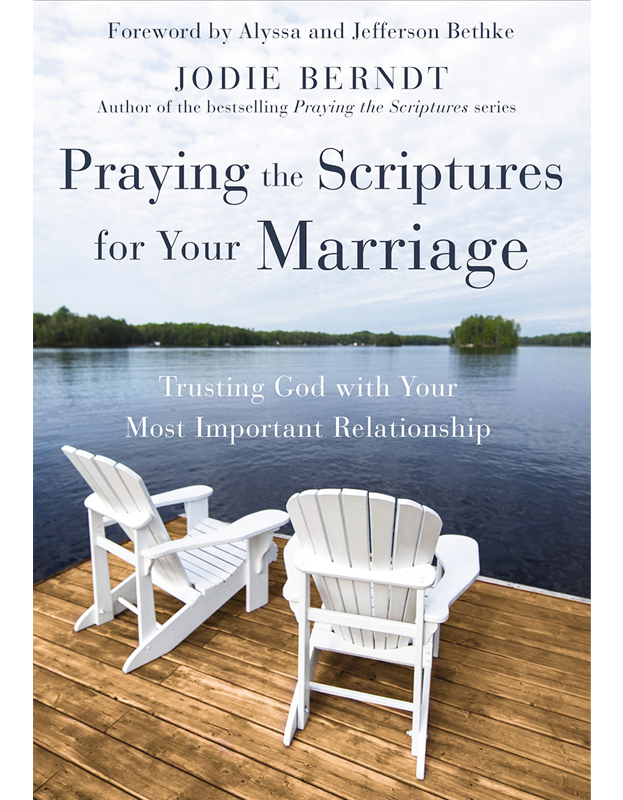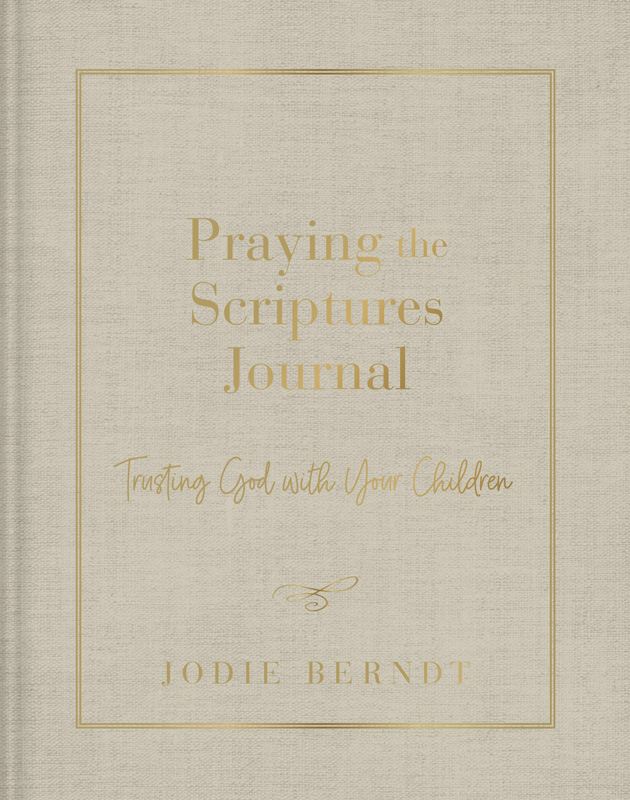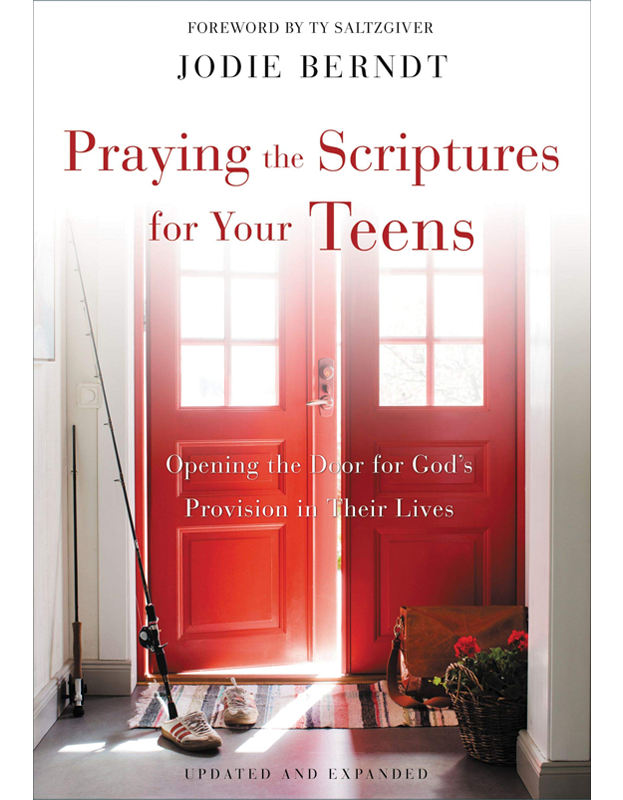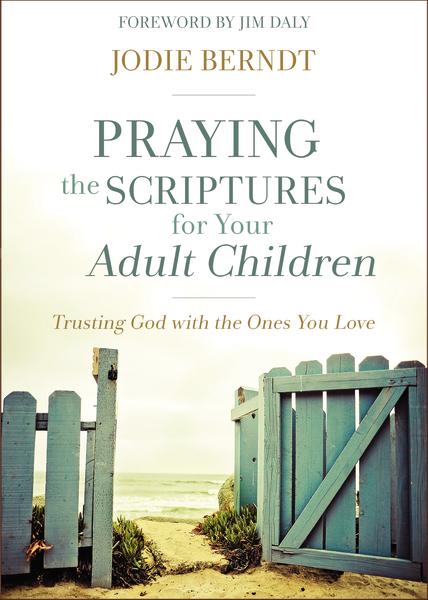How we respond in a crisis reveals what we really believe about God.
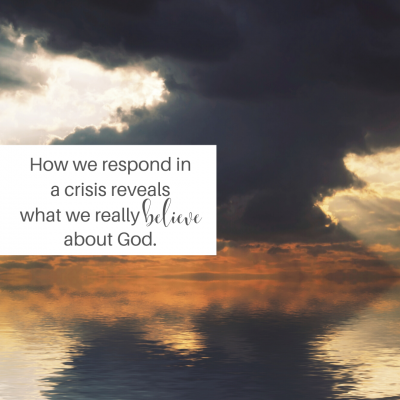
The word crisis, says author Henry Blackaby, comes from a word that means decision. How we live our lives–and what we actually decide to do when we face what he calls a “crisis of belief”–speaks volumes about how we regard God.
In the past few weeks, we’ve watched Christians respond to the COVID-19 crisis (if we can call it that) in myriad ways. Some have wept over lost lives or in sympathy with those who are sick. Some have fasted and prayed, calling on God to end the plague, and/or use it for his glory. And some, like my friend Michelle, have wept, prayed, and rolled up their sleeves and started sewing masks to donate to food pantries, healthcare workers, and regular old neighbors like me:

(I added the personalization; “Set a guard over my mouth” seemed apropos.)
“It’s all right.”
The purpose of today’s post is not to tell you how to feel, or even what to do. It’s simply to highlight an example of how one mother behaved when her child was in crisis and offer a pattern for prayer we can follow–whether we’re facing a global pandemic, a marriage breakdown, or a teenager who just came home drunk.
Scripture tells the story of a childless couple who befriended the prophet Elisha, adding a guest room to their home so that he’d have a place to stay when he came to town. In return for their kindness, Elisha promised that they’d have a son the following year, and they did.
One day, the child complained of a headache. The woman–the Bible just calls her “the Shunammite”–held her son and watched, helpless, as he died in her lap. She laid the boy on Elisha’s bed, closed the door to the room, and went to find the prophet, telling her husband nothing other than that everything was “all right.”
While the Shunammite woman was still some distance away, Elisha saw her and sent his servant to ask whether everything was okay. “Everything is all right,” she repeated. But Elisha knew she was in distress and, when he finally found out what had happened, he reacted immediately. Elisha told his servant to run to the boy and lay Elisha’s staff on the child’s face.
But…the Shunammite woman was not a fan of that plan. She didn’t want the servant; she wanted Elisha–and she vowed not to leave unless the prophet came too. So Elisha got up and followed her home.
Which turned out to be a good thing, because the servant could get no response out of the boy. When Elisha arrived, he went into the room, shut the door, and prayed, stretching himself out on the boy’s little body. Within moments, the child came back to life. Elisha gave the boy to his mother, who bowed at his feet. And then, the Bible says, she “took her son and went out.”
The end.
I want to do what she did
As a mother, I find this story nothing short of astounding. I’m not sure what I would do if my child died in my lap, but I can guarantee you that my first response would not be to say, “It’s all right.” But as I dig into how the Shunammite woman behaved–which says a lot about what she believed about God–there are definitely some tent pegs in there, steps we can use to anchor our trust when life turns inside out.
First, the Shunammite did not panic. She knew she needed God and, instead of surrounding herself with worriers, skeptics, or mourners, she went straight to the one person she knew who would look beyond the present reality and see her circumstances through heaven’s eyes. That’s what I want to do: I want to hang out with people of faith, people who can help me see a big God.
Next, she persevered, accepting nothing less than God’s best. Emboldened by love for her child and her belief in God’s power, the Shunammite woman clung to the prophet’s feet and refused to let go. That’s how I want to pray; I want to hold onto God and never give up.
And finally, when her answer came, she gave glory to God. The first thing the Shunammite woman did was to fall at Elisha’s feet, acknowledging God’s power and grace. And, if you read the rest of her story, she continued to live by faith–a posture that wound up saving the lives and the fortunes of her entire family when the next crisis struck.
The silver lining
If there’s a silver lining in crisis situations, it’s that they remind us of how much we need God. They break down our notions of self-sufficiency, reveal our inadequacies, and remind us that we’re not in control. (Which, by the way, is why the advice to “wash your hands” translated into “Get toilet paper!” as a response to the coronavirus. We needed to do something, psychologists say, to make ourselves feel stocked up and prepared.)
The silver lining in crisis situations is that they can drive us into God’s arms.
And you know what? He doesn’t want us to be worried or anxious (“Don’t be afraid” is the most oft-repeated command in the Bible), but at the end of the day, God doesn’t care whether we show up panicked or peaceful. He welcomes us either way. And he delights in our prayers.
Heavenly Father,
Help _____ not to be afraid, but to know that you have called them by name and they are yours.
Be with _____ when they go through rivers of difficulty; when they walk through the fire of oppression, don’t let them be burned.
May we acknowledge you as God, the Holy One, our Savior. (Isaiah 43:1-3)
Amen
❤️
You can read more about the Shunammite woman, and how other families put their trust in God during their own scary situations, in Praying the Scriptures for Your Children. Chapter 12 is called “Praying for Kids in Crisis.”











